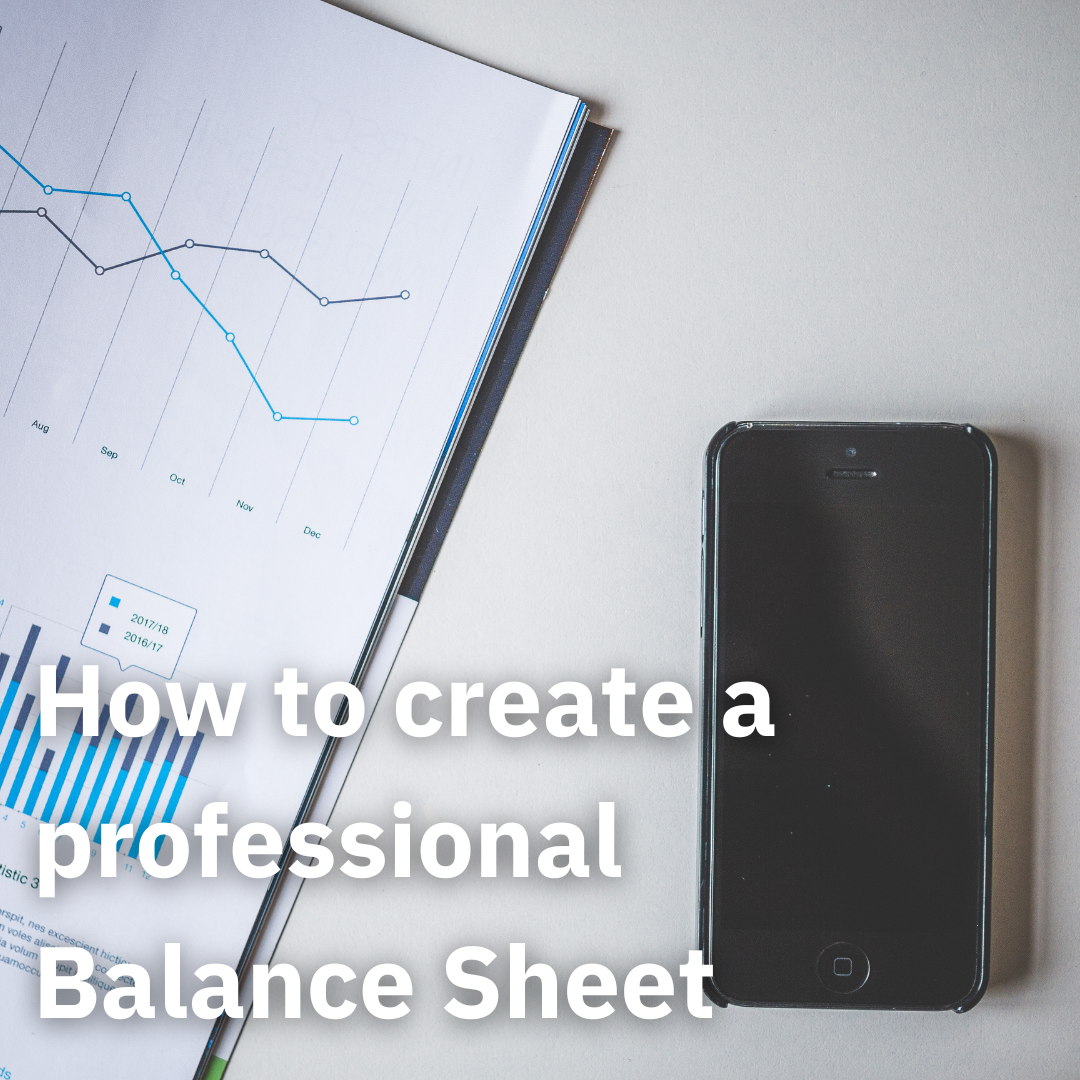These are the four main financial statements used to examine a company's finances, but in today's article, we'll focus on balance sheets, we’ll explain why they're important, and how you can begin to make one that looks professional.
What is a Balance Sheet?
A balance sheet shows the assets, liabilities, and shareholders’ equity of a company at a certain point in time. They provide a glimpse of what your company owns and owes, as well as the amount invested by its owners, all in one day's report. A balance sheet shows how much a company is worth at any particular point in time, allowing you to better comprehend its financial situation.
It contains many components following:
- Assets
- Liability
Rent, utilities, taxes, current payments toward long-term obligations, interest payments, and salary are all examples of current liabilities. Long-term debts, deferred income taxes, and pension fund liabilities are all examples of long-term liabilities.
- Shareholder or owner’s equity
- the amount of money made by a company;
- the amount of money invested by the company's owners (or shareholders);
- any capital that has been donated.
This document is considered highly essential because of the insights it provides. With a balance sheet, you can compare your balance sheet to the rest of your financial statements. You'll be able to better grasp the connections between different accounts this way.
Do I need to create one for my own business?
Balance sheets serve a great purpose to your business should you create one for it. They are mainly created with the purpose of containing a clear visual of a company’s financial situation.
They are also incredibly important to executives, investors, analysts, and regulators who use this piece of information to assess a company's current financial health. In addition to this, a balance sheet is frequently used in conjunction with the income statement and the cash flow statement.
With a good balance sheet, you can learn many things about your business’s financial situation and these can be very useful to you and your business if you wish to do the following:
- Analyse and monitor business growth
- Reduce the likelihood of problems that could occur in the future
- Assess your creditworthiness
On the contrary, before you begin to create one, you should ask yourself whether your business really needs a balance sheet in the first place. An unincorporated business is not required by law to create a balance sheet for tax purposes or for any other reason. Preparing one for a very tiny business may likewise be too expensive. These are some of the reasons why you shouldn't prepare a balance sheet right now.
Here are some things you can consider first:
- The size of the company;
- The additional cost of preparing a balance sheet;
- The advantages of maintaining a balance sheet from year to year;
- Tax hazard.
How to create a Balance Sheet?
To make a basic and professional balance sheet, follow these steps:
- Decide on the reporting date and period
The majority of businesses, particularly those that are publicly traded, will report on a quarterly basis.
- Determine Your Assets
- Identify your liabilities
- Calculate the Shareholders’/ owner’s equity
It's easy to compute by subtracting a company's total liabilities from its total assets, which are both itemised on the balance sheet.
- Ensure that the balance sheet is balanced
Balance sheets are a time-consuming activity that may compel you to deviate from your primary responsibility of running your business. External accountants are among those who can analyse balance sheets effectively and accurately.
By providing important accounting services, we at Persona Finance hope to add even more value to you and your organisation. Please contact Persona Finance at [enquiries@personafinance.co.uk] for additional information.



